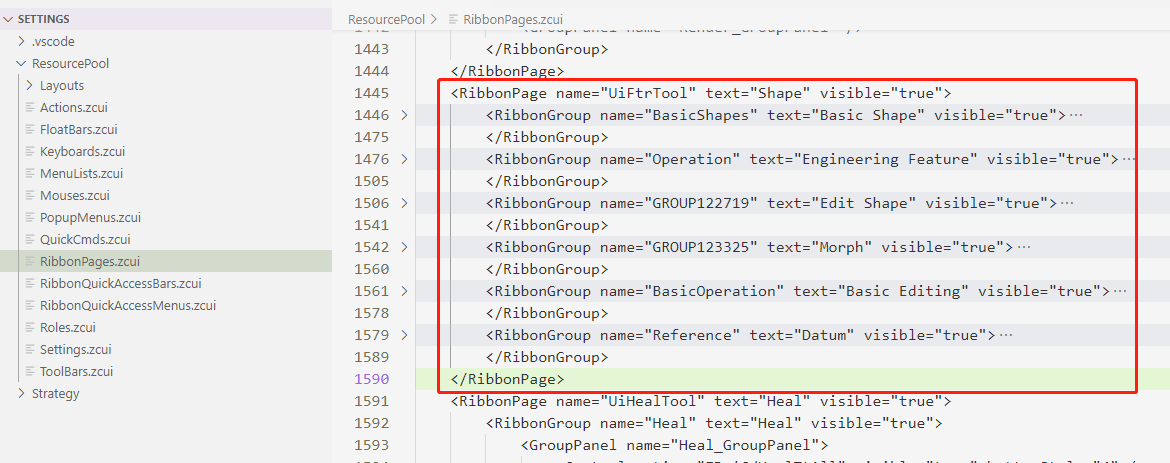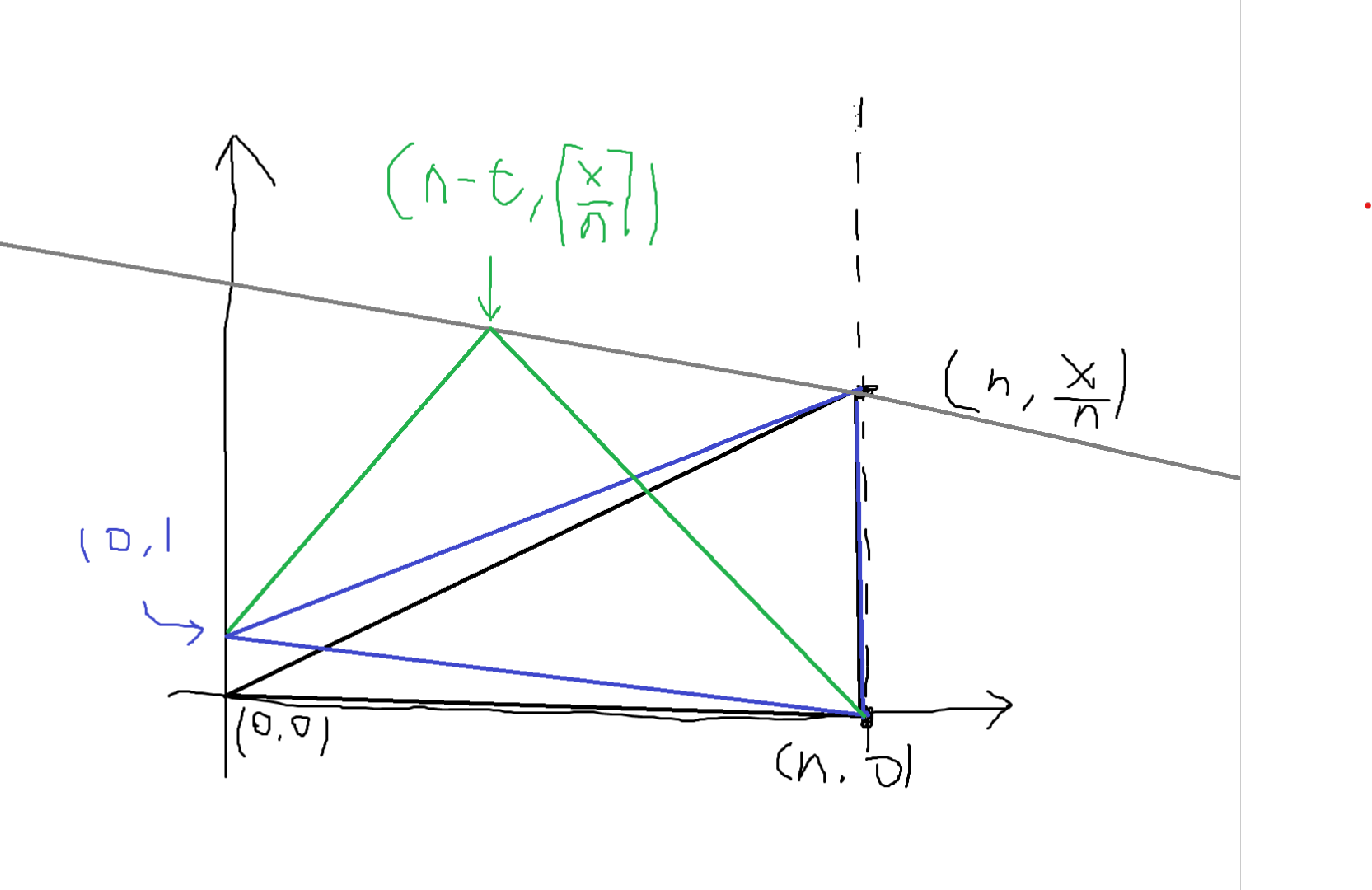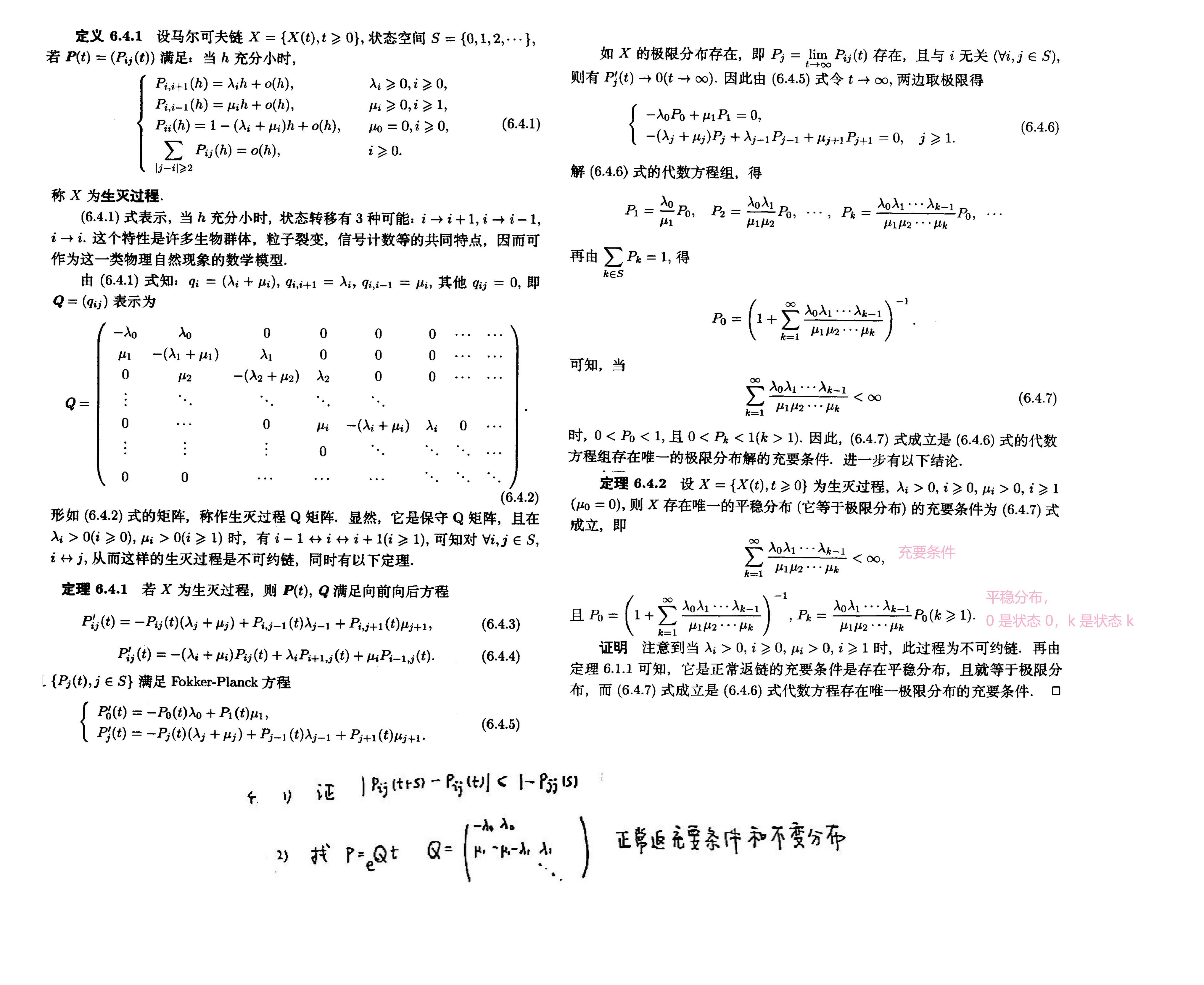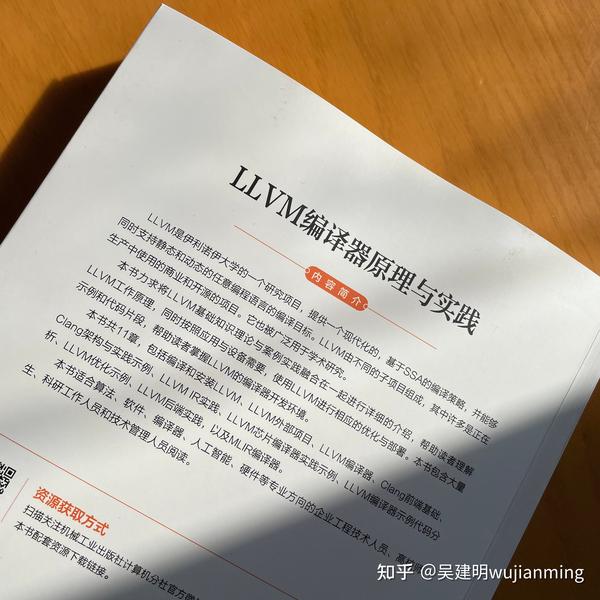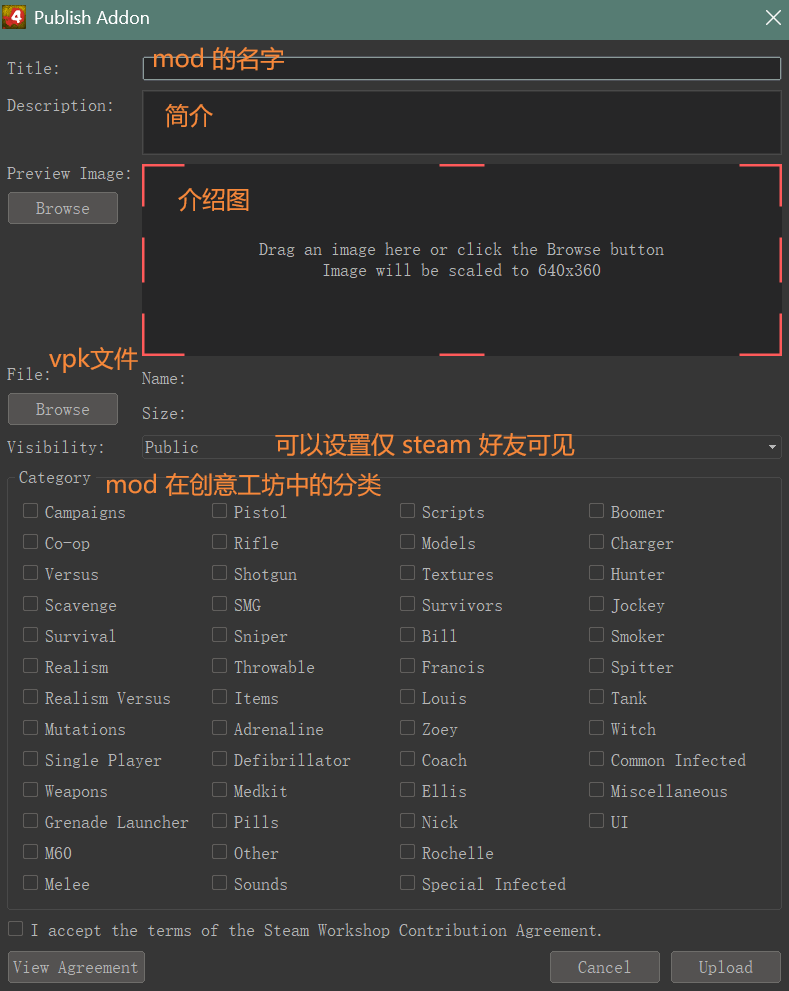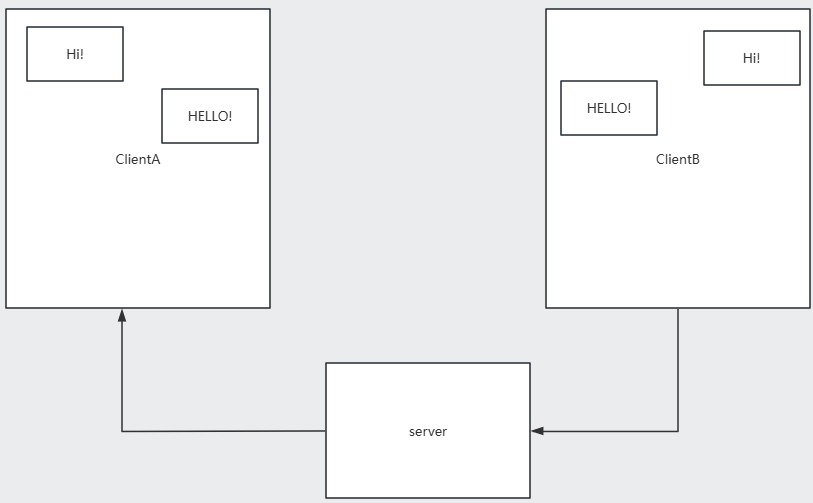在 JavaScript 中,继承的实现方式主要有以下几种,每种方式适用于不同的场景:
一、原型链继承
实现方式:
function Parent() { this.name = 'Parent'; }
Parent.prototype.say = function() { return this.name; };function Child() {}
Child.prototype = new Parent(); // 原型继承关键const child = new Child();
child.say(); // 输出 "Parent"
特点:
- 子类实例通过原型链访问父类属性和方法
- 问题:父类的引用类型属性会被所有子类实例共享
场景:
- 简单继承结构,无引用类型共享问题需求的场景
- 老项目快速实现继承(现代开发不推荐优先使用)
二、构造函数继承
实现方式:
function Parent(name) { this.name = name; }function Child(name) {Parent.call(this, name); // 构造函数继承关键
}const child = new Child('Child');
child.name; // 输出 "Child"
特点:
- 将父类属性复制到子类实例
- 优点:解决引用属性共享问题
- 缺陷:无法继承父类原型上的方法
场景:
- 需要 实例属性独立性的场景(如每个对象需要独立状态)
- 不支持子类复用父类原型方法(若无需复用则合适)
三、组合继承(经典继承)
实现方式:
function Parent(name) {this.name = name;
}
Parent.prototype.say = function() { return this.name };function Child(name) {Parent.call(this, name); // 第1次调用父类构造函数
}
Child.prototype = new Parent(); // 第2次调用父类构造函数(问题根源)
Child.prototype.constructor = Child;const child = new Child('Child');
child.say(); // 输出 "Child"
特点:
- 结合原型链继承(方法继承)和构造函数继承(属性继承)
- 缺陷:父类构造函数被调用两次,子类原型中存在冗余属性
场景:
- 传统项目的常规继承需求(ES6 出现前的常见方案)
- 需要同时满足方法复用和实例属性独立的场景
四、原型式继承
实现方式:
const parent = { name: 'Parent', friends: ['Alice'] };const child = Object.create(parent); // 核心API
child.name = 'Child';
child.friends.push('Bob'); // friends被所有基于parent创建的对象共享
特点:
- 类似于对象浅拷贝
- 问题:引用类型属性共享(与原型链相同)
场景:
- 简单对象继承需求(无构造函数存在的场景)
- 原型链的极简替代方案(如旧环境无
Object.create时的polyfill)
五、寄生式继承
实现方式:
function createChild(parent) {const obj = Object.create(parent);obj.sayHi = () => 'Hi'; // 添加额外方法return obj;
}const child = createChild({ name: 'Parent' });
特点:
- 工厂模式增强对象
- 缺陷:方法无法复用,类似构造函数问题
场景:
- 需要给对象快速扩展额外方法的场景
- 不适合大型继承结构(复用性差)
六、寄生组合式继承(最优解)
实现方式:
function inheritPrototype(Child, Parent) {const prototype = Object.create(Parent.prototype); // 创建父类原型的副本prototype.constructor = Child; // 修复构造函数指向Child.prototype = prototype; // 赋值给子类原型
}function Parent(name) { this.name = name; }
Parent.prototype.say = function() { return this.name; };function Child(name) {Parent.call(this, name); // 属性继承
}
inheritPrototype(Child, Parent); // 方法继承
特点:
- 只调用一次父类构造函数,避免组合继承的冗余问题
- 保留完整的原型链结构
场景:
- 现代项目推荐的标准继承方式
- 适用于所有复杂继承需求(效率最高)
七、ES6 class 继承
实现方式:
class Parent {constructor(name) { this.name = name }say() { return this.name }
}class Child extends Parent { // extends 关键字constructor(name) {super(name); // super调用父类构造函数}
}const child = new Child('Child');
child.say(); // 输出 "Child"
特点:
- 语法糖,本质基于原型和寄生组合式继承
- 支持
static、super等特性
场景:
- 现代项目首选方式
- 需要清晰类结构、继承关系明确的场景
总结与场景对比
| 继承方式 | 适用场景 | 现代选择优先级 |
|---|---|---|
| 原型链继承 | 快速实现简单原型链(已过时) | ⭐️ |
| 构造函数继承 | 需要独立实例属性的场景 | ⭐️⭐️ |
| 组合继承 | 传统项目兼容性解决方案 | ⭐️⭐️ |
| 寄生组合式继承 | 需要高效且标准的继承方案 | ⭐️⭐️⭐️⭐️ |
| ES6 class 继承 | 现代项目开发(Babel转译后兼容性好) | ⭐️⭐️⭐️⭐️⭐️ |
实际开发建议:
- 优先使用 ES6
class继承(清晰、易维护,Babel 转译后底层使用寄生组合式继承) - 旧项目维护时根据现有模式选择组合或寄生组合继承
4️⃣原型式/寄生式继承主要用于对象克隆而非类继承场景

